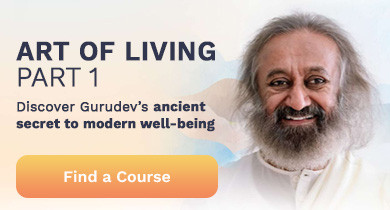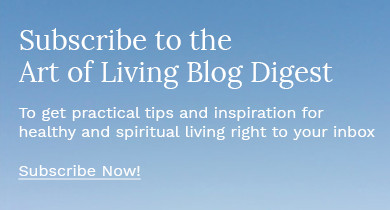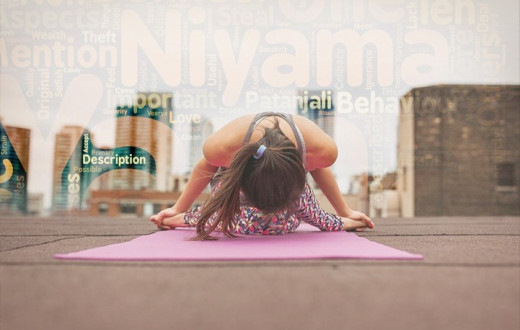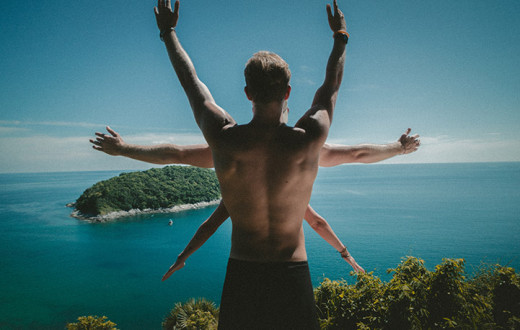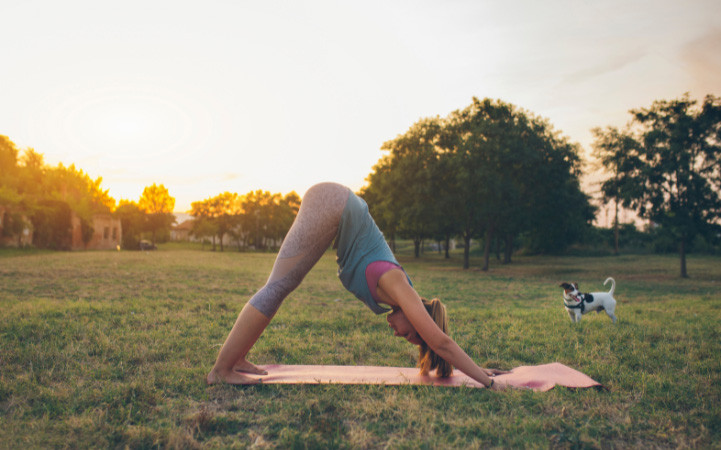
Downward-facing dog is one of the most widely recognized yoga poses. It provides a deep stretch for the arms and hamstrings. People of all levels can practice this pose.
A downward-facing dog is also known by its Sanskrit name, Adho Mukha Svanasana (AAH-doh-MOOK-ha-Svah-SUN-ah). Adho means downward, mukha means face, and asana means posture. The dog portion of the name comes from the fact that dogs naturally do this yoga pose. The downward-facing dog is also part of the Sun Salutation sequence.
Level of Difficulty: Beginner
Downward-facing dog benefits
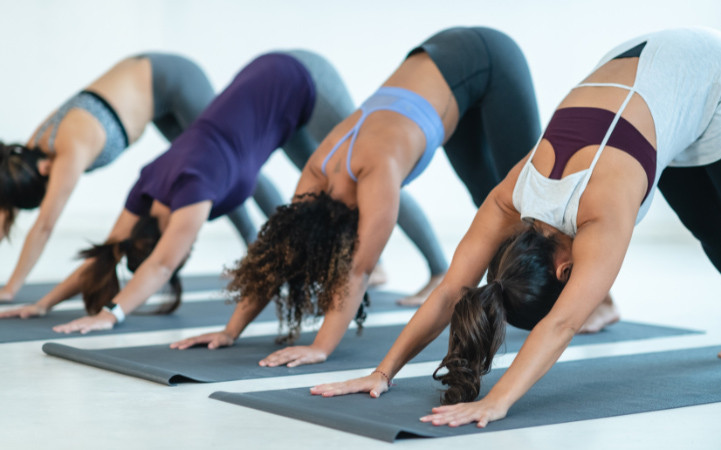
In addition to a full body stretch, Downward-facing dog offers the following benefits:
- Energizing and rejuvenating
- Lengthens the spine
- Stretches the chest muscles to increase lung capacity
- Strengthens the entire body– in particular, the upper arms, shoulders, legs, and feet
- Increases blood flow to the brain
- Calms the mind
- Relieves headaches, stress, and insomnia
Who should avoid Downward-facing dog?
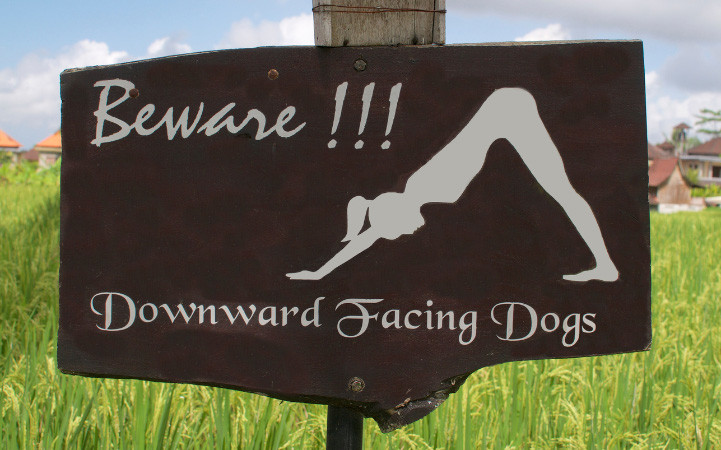
If your health is generally good, you can practice downward-facing dog. It’s best to avoid this yoga posture if you have any of the following conditions:
- High blood pressure
- Carpal tunnel syndrome
- Detached eye retina
- Weak eye capillaries
- Injured or dislocated shoulder
- Diarrhea
- Weak or injured wrists
Preparatory poses
Downward-facing dog step-by-step instructions
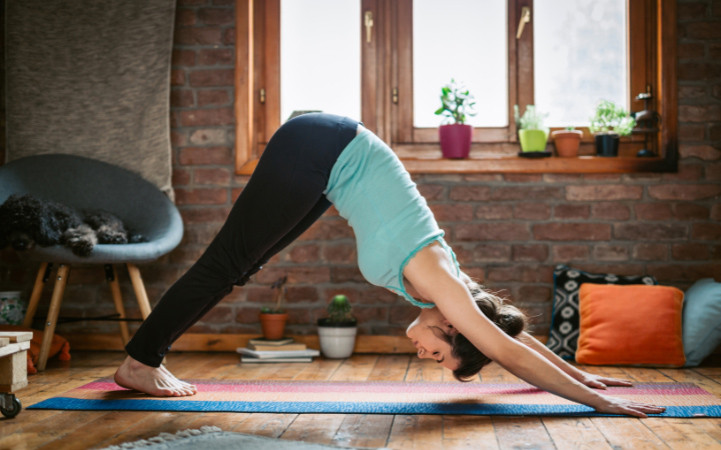
Start on your hands and knees in a tabletop position with weight evenly distributed. Place your hands with your fingers wide directly under your shoulders and your knees underneath your hips.
On an exhalation, lift your hips upward to come into an inverted V-shape position.
Use your hands to press firmly into the mat, draw the shoulder blades inward, and make sure the feet are hip-distance apart and parallel. Do not let your rib cage sink toward the floor.
Relax your head and gaze toward the navel. Collar bones stay broad, while the neck and spine are long. Draw the kneecaps upward toward the hips.
If the spine is rounded at all, bend your knees to correct it: it is essential that the spine lengthens first.
You can use this as a resting pose while taking deep, full breaths.
Release the posture on an exhalation, return to the tabletop position, or relax into the child’s pose.
Follow-up poses for Downward-facing dog
Modifications and tips for downward-facing dog pose
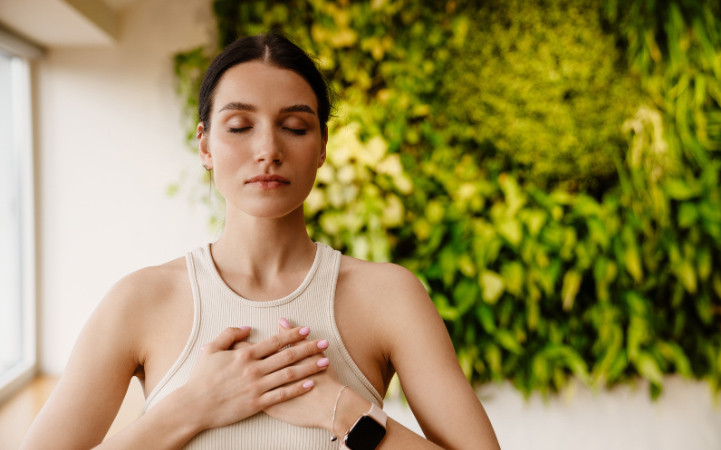
Tips
Always do a warm-up before any yoga practice. Even walking in place increases the heart rate and helps warm the whole body.
While in a downward dog pose, pedal the balls of your feet (this is also called “walking your dog”) to help stretch out tight calves.
It's good to incorporate breathwork to prevent straining, improve the pose, and enhance the experience energetically.
Watch this video to learn victory beath (ocean breath), known as Ujjayi breath in Sanskrit. Ujjayi is the go-to breathing technique.
To modify
Start with your knees bent if you have tight hamstrings and/or calves. This helps alleviate lower and upper back pain.
Spread the distance between your feet until your feet are on the outer edges of your yoga mat.
You can also drop your knees onto your yoga mat.
Want to connect with a yoga teacher online? Click here for our online yoga studio.
Incorporating downward-facing dog into your yoga practice
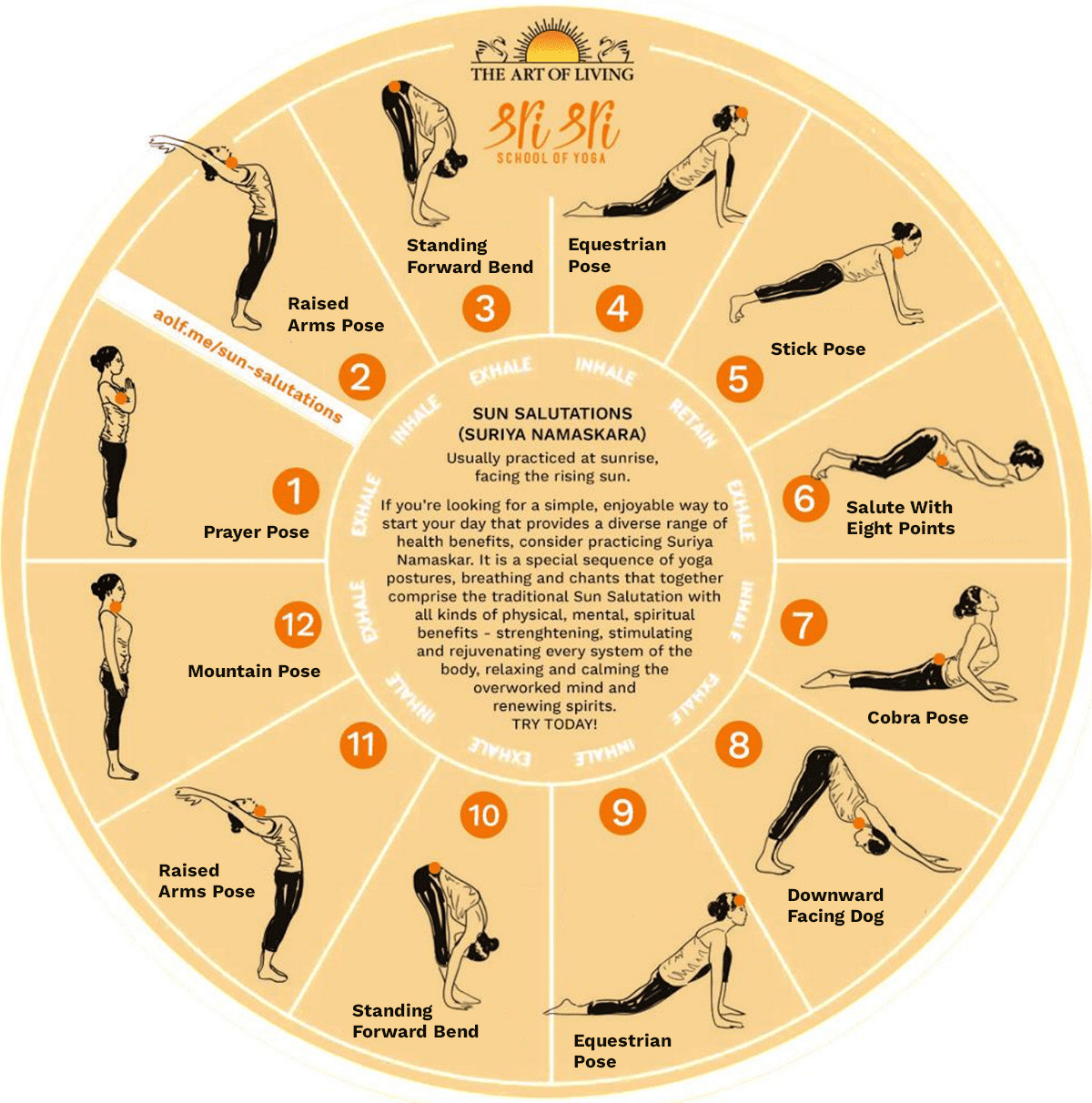
One of the best ways to use the Downward-facing dog as a transitional pose is to practice Sun Salutations. This series of yoga postures includes Prayer Pose, Raised Arms Pose, Hand-to-Foot Pose, Equestrian Pose, Plank Pose, Eight Point Salute, Cobra Pose, Downward-facing Dog Pose, and Mountain Pose. Read to learn more here.
Take a deep breath and enhance your yoga practice with SKY Breath Meditation
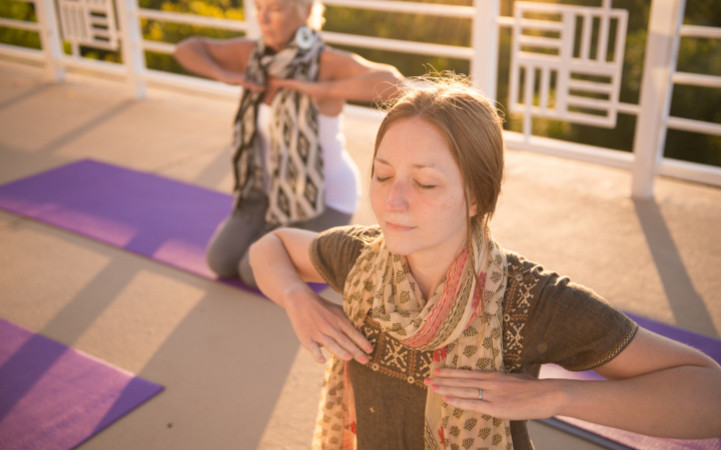
Yoga is much more than just physical exercise. As we already mentioned, breathwork is valuable during your yoga practice, and using your breath for deep meditation is even more valuable.
SKY Breath Meditation offers many benefits, including greater mental focus, increased joy and life satisfaction, enhanced sleep, healthier blood pressure, and reduced anxiety and depression. You can learn SKY in the Art of Living Part 1 course. Register today and see for yourself what SKY can do for you!
Related articles and other poses
Comprehensive Guide to Yoga Poses for Beginners: From Basic to Advanced
Butterfly Pose: One of the Best Remedies for Too Much Sitting
Chair Pose: Taking This Seat Strengthens Your Whole Body
Wheel Pose: Gain Flexibility, Open the Heart, Release Sadness
Shoulder Stand: Strengthen Your Spine and Core Muscles Today
Bow Pose: Expand Your Chest and Stretch Those Hip Flexors
Camel Pose: Improve Your Posture and Open Your Heart Center
Triangle Pose: Improve Your Balance, Reduce Back Pain Today
Warrior Pose: Gain Hip Flexibility and Inner Strength Now
Sphinx Pose: The Heart-Forward Back Bend for More Flexibility
Vajrasana: The Yoga Pose to Use During Breathing Exercises
Corpse Pose: Shavasana Gives Deep Yogic Rest for the Whole Body

